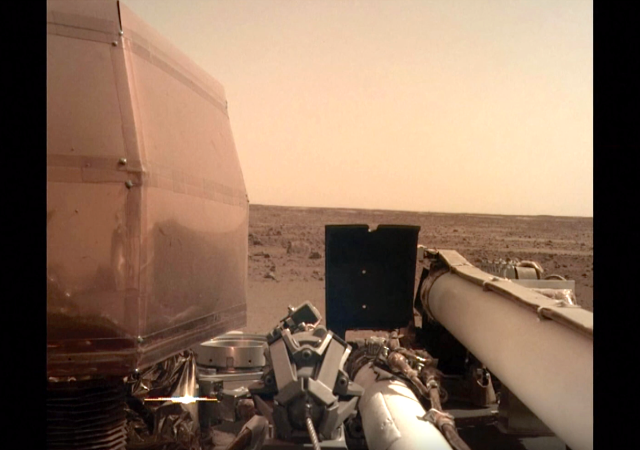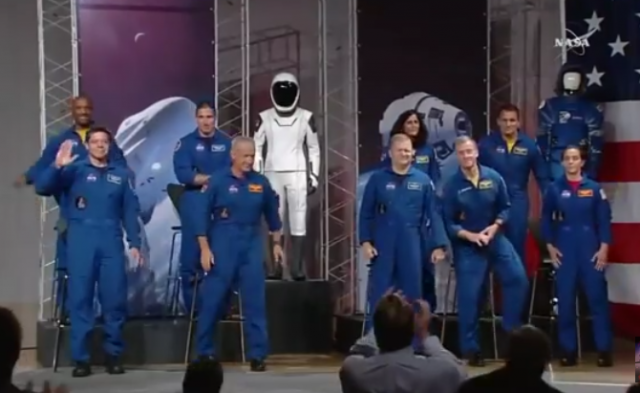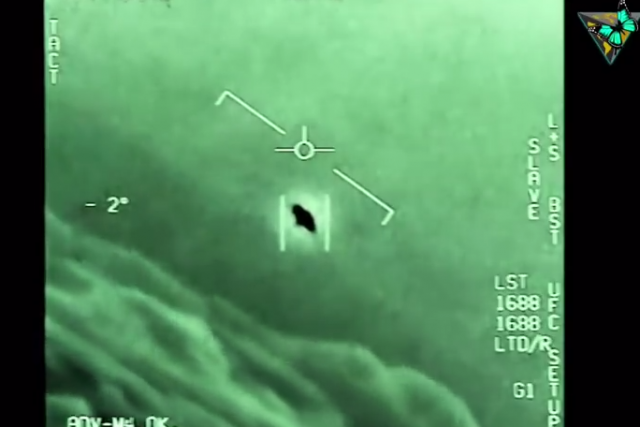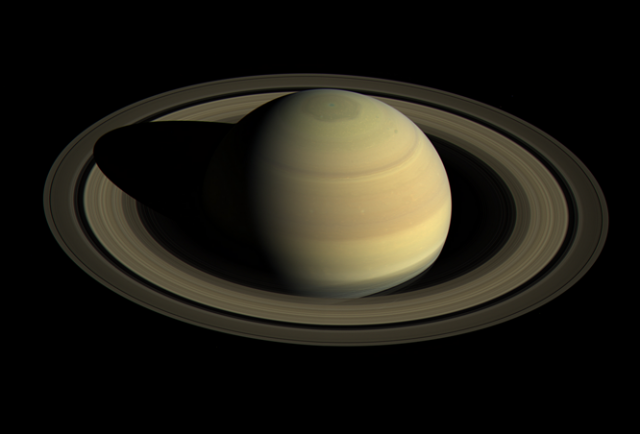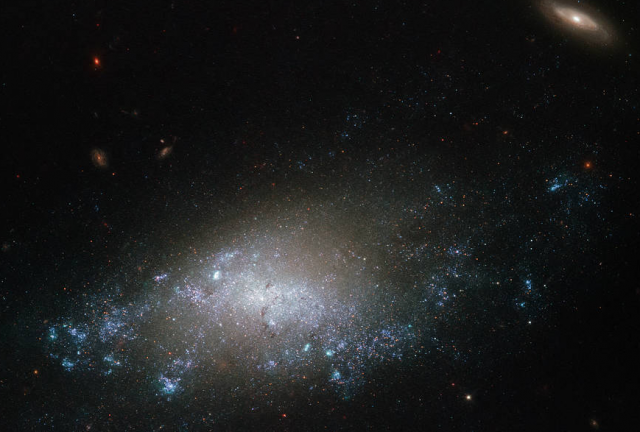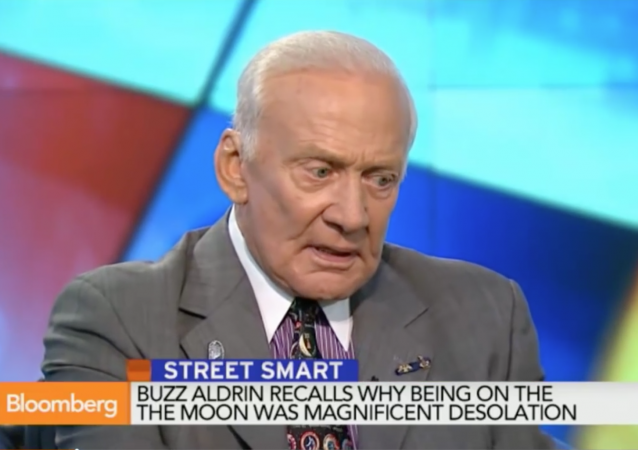NASA’s newest mission success: InSight lander is now exploring Mars
on November 27, 2018
20 Comments
The National Aeronautics and Space Administration's newest exploration vehicle InSight landed on Mars on Monday with much social media fanfare on earth.
Mission Control at NASA's Jet Propulsion Laboratory exploded into celebratory applause and cheers after the touchdown was confirmed. The landing was watched around the world and even broadcast live on the Nasdaq Stock Market tower in New York City's Times Square. During a post-landing NASA press conference, the astronauts on the International Space Station called down to congratulate the mission team and said they "got some goosebumps" watching the coverage.

